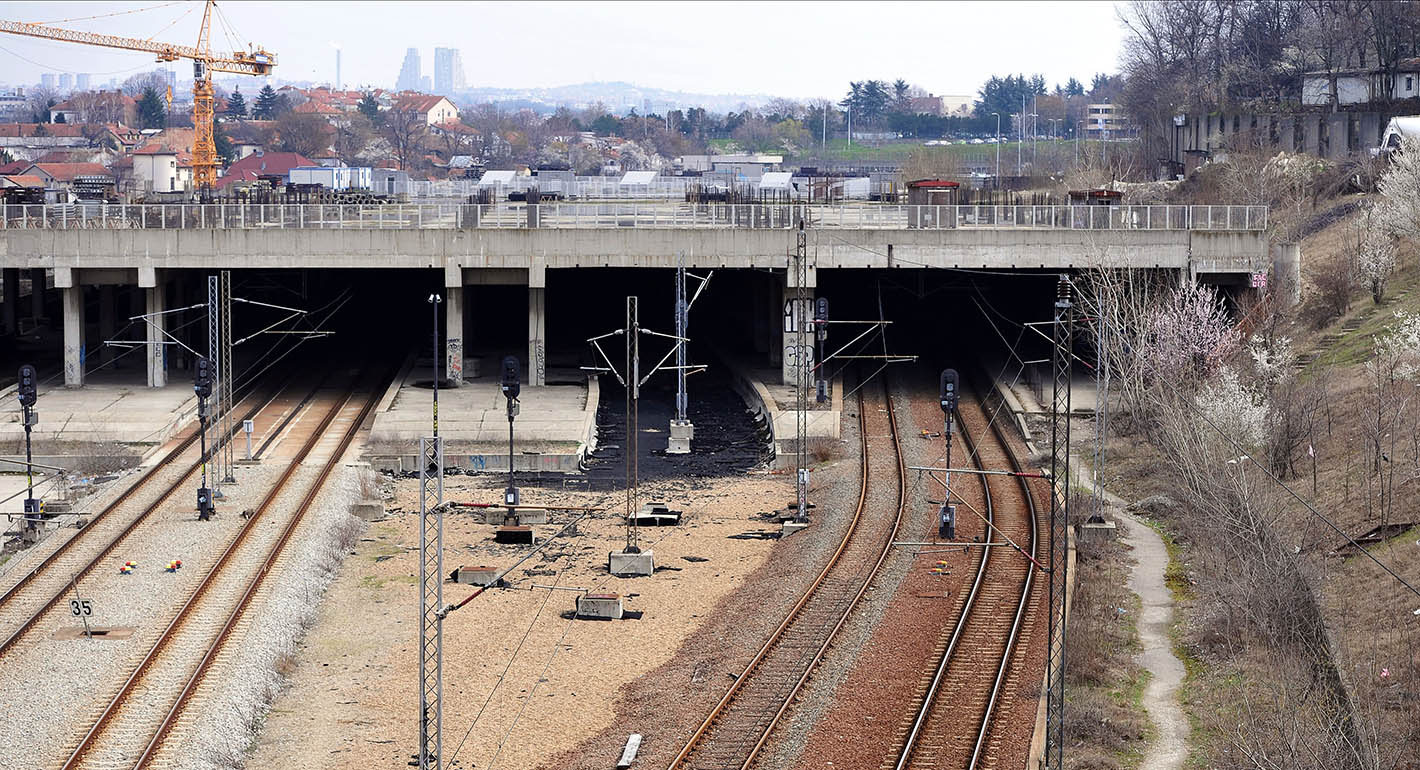Source: Leiden Asia Centre
The signature project of the 16+1 framework between China and sixteen countries in central and eastern Europe is a Chinese-financed railway link between the capitals of Hungary and Serbia. In the years since it was first proposed in 2013, the China-backed Hungary-Serbia rail project has become a symbol, and also a much-criticized lightening rod, of not just the 16+1 framework but also of what China’s Belt and Road Initiative (BRI) means for Europe. For China, as well as for its official Hungarian and Serbian counterparts, the rail project has been framed and promoted as the type of concrete outcome that is possible through the 16+1 diplomatic framework and as an example of actual infrastructure cooperation on offer through the BRI more broadly. Yet within the EU, no project has been more controversial in highlighting concerns about how both the 16+1 structure and the BRI might allow China to gain “divide-and-rule” political leverage within the EU and its neighborhood through commercial deal-making.
In an effort to go beyond the hype, headlines and often polarized discussions about how Chinese investment and finance is leading to greater influence in Europe, Matt Ferchen conducted an in-depth case study of the Chinese-financed railway link between Budapest and Belgrade. Among the key findings are the following:
- Despite its importance as the centerpiece project for the 16+1 framework, the China-financed Hungary-Serbia rail line has made remarkably little progress since it was first agreed upon nearly 5 years ago.
- Despite official Hungarian and Serbian support for the project, field interviews highlighted concerns and critical backlash in both countries and from other 16+1 members in Central and Eastern Europe. Among these concerns were that Chinese loans-for-infrastructure deals were far less desirable than foreign direct investment in infrastructure or employment-producing productive capacity.
- EU and European media and think tank anxiety about China’s ability to “divide and rule” or about its ability to create effective “illiberal” alliances through the 16+1 framework largely overlooks the weaknesses highlighted by the problems with the Hungary-Serbia rail project.
- China’s ability to turn investment and financing into diplomatic or geopolitical influence through the 16+1 framework is likely to have far more potential in poorer, non-EU Balkan countries such as Serbia than in EU member states such as Hungary.









.jpg)